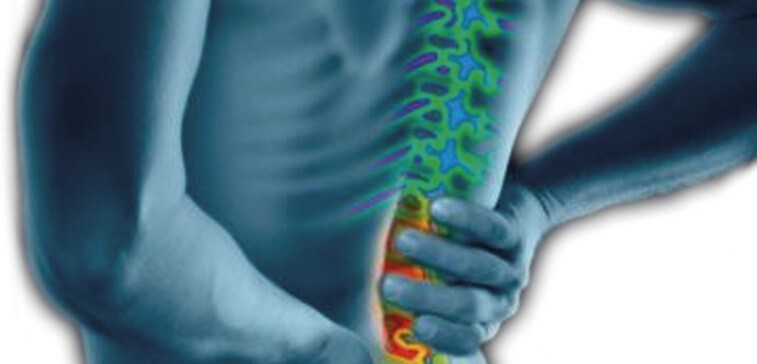
By: Dr. Jordan Mackner, DC It’s the morning before your big round with the boys and you can feel it coming on, your back feels stiff, it’s already starting to tighten up, you can’t swing like your normal self, and you are already getting frustrated. If you’ve been playing golf for any extended period of time you’ve most likely been there. Now what? What should you do? Why does this always seem to happen? Let’s talk about the most common injury in golf and why it’s so prevalent. We will discuss some common myths about back pain, why so many people suffer from it, and what to do about it. Back Pain Myths It might be a sharp shooting pain. It might be a dull ache. Sooner or later, 9/10 Americans will have an episode of back pain in their lifetime. Back pain is common, and so are back pain myths. Myth #1: Bed Rest Helps Yes, resting can help an acute injury or back strain but it’s a myth you should stay in bed or rest for any extended period of time as this could actually make your back pain worse. Back pain does better with activity and nursing any back injury will likely lead to worse outcomes. Myth #2: Back Images Will Help (MRI, CT Scan, X-Ray) This is one of the larger misconceptions. Unless you have been suffering chronically with your pain or your healthcare provider picks up on certain red flags in your exam imaging will actually hurt patient outcomes in some cases. Nowadays, our imaging is so sensitive that it’s hard to take a picture of someone and not find something wrong. The problem with this is that most often we pick up on other things that are not actually causing our pain, but are still noted on our reports. This will sometimes lead to un-warranted treatments because of what was found on the images and this also drives up our costs. Furthermore, positive imaging plays a role in the Myth #3: I Need Surgery Actually, 90% of people with back pain will get better with conservative treatment (anti-inflammatories, exercise, rehab, coping skills, chiropractic, education) or no treatment at all. Back surgery should be an end of the road option. Why Is It So Common? As I discussed in the last Avid Golfer issue and my article on the hip joint, the golf swing is a tri-planar motion which requires the kinetic chain to work heavily together. The swing requires a large amount of rotation. The problem with our low backs is that the joints were designed to rotate very little. This is intelligent design by our body because it helps protect the lumbar discs from injury. Thus, we should be getting the majority of our rotation in the swing from our hips, thoracic spine, and foot/ankles. But, where are we the “stiffest” most often? You guessed it exactly! Our hips, thoracic spine, and ankles. So, this stiffness and lack of mobility in these areas drives motion into our low back during the golf swing which eventually causes us pain and possibly injury. Yes, back pain is very common but it is also nothing to mess around with. There are some serious things that can cause back pain so if you have been suffering for any length of time I’d suggest getting a proper exam from a healthcare provider. Secondly, get help identifying any physical limitations, weaknesses, or mobility issues that could be altering your swing and hurting your back. The last thing I would suggest is go back and read Myth #1. Don’t rest it, get off the couch, and stay active! Your back will thank you for it.
